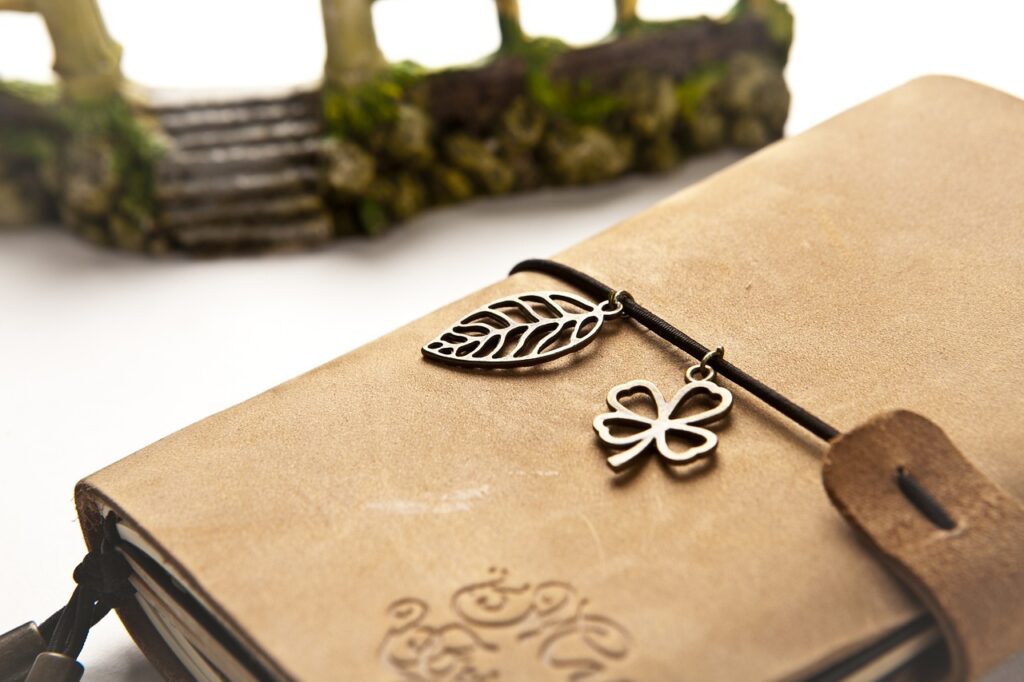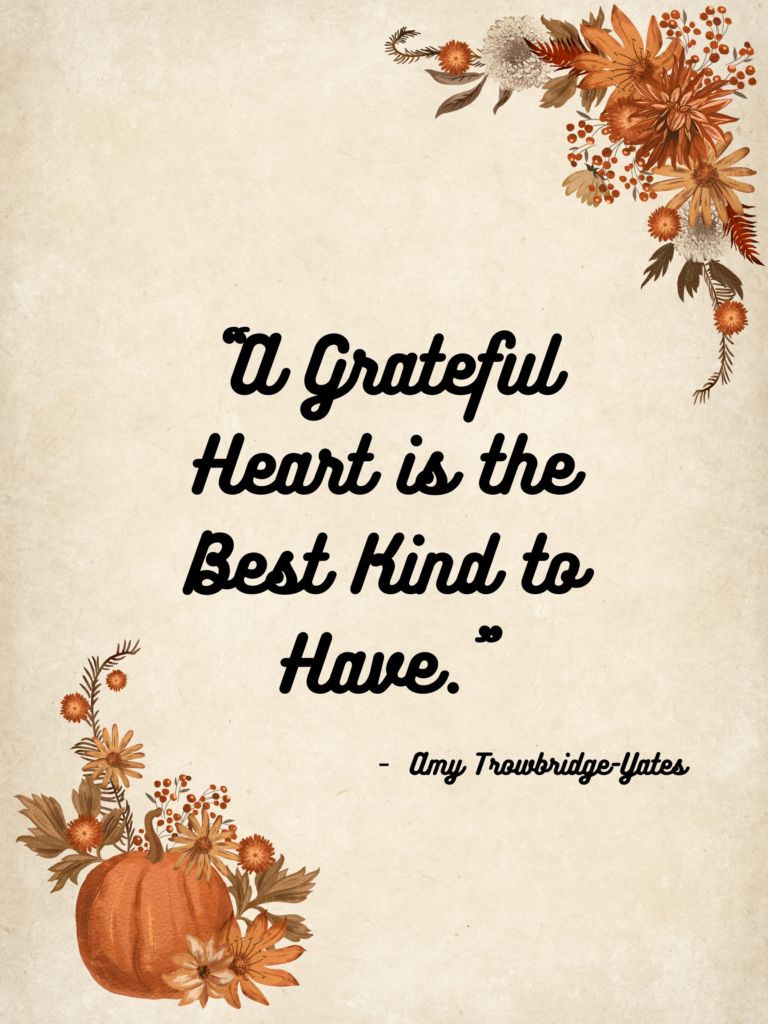
Activities to share gratitude with your child while enhancing their literacy skills.
The dining room is adorned with autumnal hues—rich reds, golden yellows, and rustic browns. The air carries the comforting aroma of roasted turkey, cranberry sauce, and a hint of cinnamon. A long, polished wooden table is the centerpiece, surrounded by mismatched but lovingly worn chairs. Plates clink softly as they're filled with generous portions of mashed potatoes, stuffing, and green bean casserole. Laughter and lively chatter fill the room as family members share stories, passing dishes and creating a mosaic of gratitude and togetherness. The warm glow of candlelight dances on smiling faces, capturing a snapshot of cherished moments amid the joyful chaos of Thanksgiving dinner.
In this season of gratitude and family, we can use the opportunity to bond with our children while providing them with authentic learning experiences. Here are a few suggestions for having meaningful learning experiences with your children.
Gratitude Quotes
One of the best ways to build reading skills in our children during Thanksgiving is by finding favorite gratitude quotes and figuring out what they mean and how they apply to us. This activity is not only inspirational, but provides a great opportunity for your child to practice inferencing skills, synthesis, and perspective. For example, if we look at this quote on gratitude: “A grateful heart is the best kind to have.” -Amy Trowbridge-Yates, we can have a conversation about what a “grateful heart” means. Ask your child to give you examples of when they have had a “grateful heart.” Why is it the best kind to have? Is this a literal heart or a figurative heart? What’s the difference? So many conversations can be had over just one quote that will not only spur your child to think metacognitively, but also improve their reading comprehension skills.
Writing Gratitude Notes
Thoughtfully-created gratitude notes can make a huge difference in someone’s day. Thanksgiving is a perfect time to talk to your children about the important people in their life and why they are so special to them. A personal note to that person telling them how much they mean to your child is not only impactful for that person, but also for your child as well. Often times, in the busyness of our lives, we forget to stop and thank those that mean the most to us. Some possible recipients could be your child’s teachers, custodians, lunch personnel, family, friends, neighbors, postal workers, coaches. The list can go on and on. Encourage your child to write the note themselves and add color and pictures to it. You can help them with spelling or even in coming up with what to say, but the goal is for them to have as much ownership over it as possible.

Start a Gratitude Journal
Last, but certainly not least, you and your child can start gratitude journals. Gratitude journals are proven to boost positive feelings and mood. Starting a journal is also a great habit to impart on your children. It is a tool they can take with them for the rest of their lives. Journals provide a safe place to share our feelings and emotions. A gratitude journal in particular is a great tool to remind us of all that we have in our lives. To get started, have fun shopping for that “perfect” journal for you and your child. Let them pick out their own and enjoy that feeling we get when we are faced with a brand-new journal. Next, start with a simple entry for the day, writing down three things they are grateful for. For this exercise, we are not critiquing their writing abilities, grammar, or anything in regards to the structure. Oftentimes, children have a lot of anxiety over writing (especially dyslexic children). Starting a gratitude journal is a great way to start relieving that anxiety and giving our children confidence in their writing abilities. Explain to your children that this journal is for them, and them only. There are no rules. They can draw, add color, shapes…. however they want to convey their gratitude. This freedom will allow them to build confidence and autonomy.


